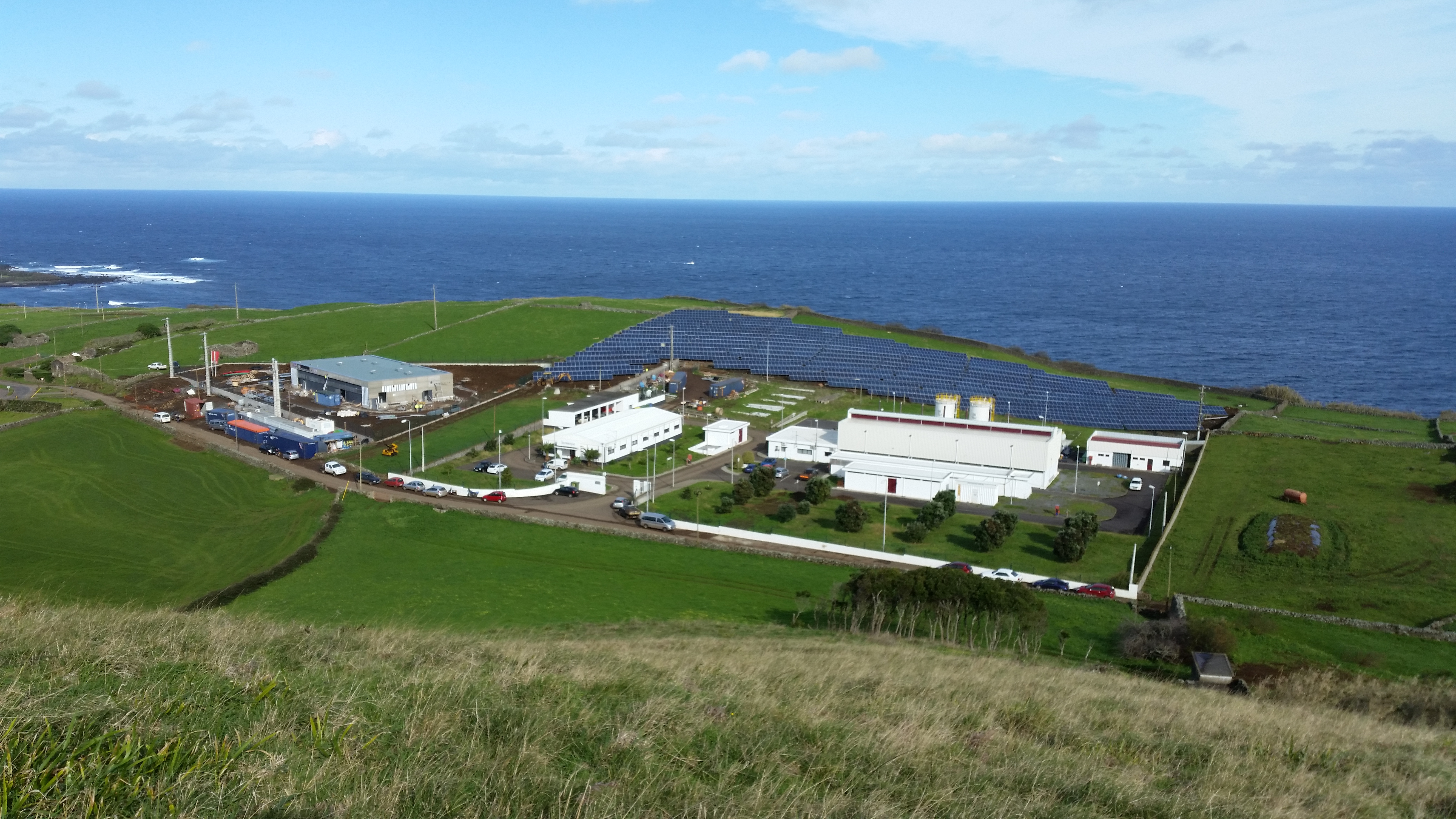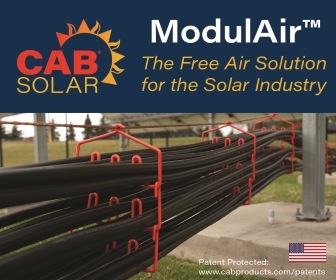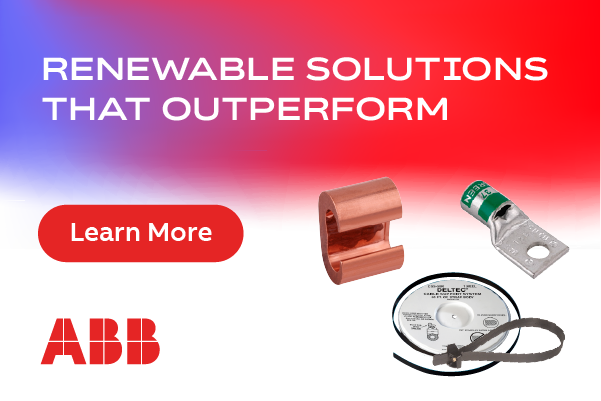Renewables Plus Energy Storage
A modern industrial revolution
 Sometimes comparisons can be quite illuminating. Take electricity and telephony, for example: both were invented and came in to widespread use around the same time over a century ago. And both grew into large networks, on the strength of which we’ve gone through a second as well as third industrial revolution, and built today’s modern economy.
Sometimes comparisons can be quite illuminating. Take electricity and telephony, for example: both were invented and came in to widespread use around the same time over a century ago. And both grew into large networks, on the strength of which we’ve gone through a second as well as third industrial revolution, and built today’s modern economy.
But whereas computers and the internet have revolutionized the way we use phones, most areas of the world today still produce power as in the 19th century paradigm, with large, constantly rotating generators responsible for keeping the grid stable. As the use of renewable energy increases, however, these distributed (and intermittent) resources are disrupting this centralized generation paradigm for the better.
To fully capture the benefits of renewable energy, grid operators need to effectively manage its integration onto a grid that’s accustomed to steady blocks of power and a relatively stable load. Energy storage, coupled with intelligent software controls, is the ideal resource to directly manage the intermittency of wind and solar. Such a system can provide instantaneous frequency response, voltage support, and ramp control, allowing renewable energy output to integrate seamlessly into grid operations.
This is particularly the case with island micro-grids in the multi-megawatt range. Such locations already face very high fossil-based generation costs, making it feasible to transition them to renewables-based power grids. Due to the intermittency of wind and solar, coupled with the high minimum production requirement (“must-run”) of traditional thermal generators, successfully implementing a high percentage of renewables requires keeping the grid stable without such generators. Batteries are ideally suited for that, but they need to be fully grid-forming batteries.
A well-designed battery-based micro-grid enables multiple benefits, such as greatly reducing the use of fossil-fuel generators (typically diesel); enabling a cleaner hybrid diesel-renewables mix; cutting emissions; and making use of abundant natural resources. Importantly, not all clean energy needs to be stored. So-called excess energy can be used for dispatchable loads that can provide sustainability benefits (e.g. desalination).
One example is the Azorean island of Graciosa, where the world’s first stand-alone battery-based energy system with up to 100% renewables is nearing completion. The system will ensure a stable and reliable electricity supply to the island’s 4,500 inhabitants, even at night and when there is no wind. It will also allow the island’s diesel generator to remain switched off most of the time.
Thanks to intelligent control technology, the battery system on Graciosa will provide stability for the autonomous grid without the rotating mass of fossil generators. The island’s combined wind and solar energy generation will not only offset CO2 emissions, but over its lifetime will be more competitive than current electricity production from expensive, imported diesel.
Direct and indirect benefits of solar plus storage
Regardless of where it’s deployed, whether on islands or other grid locations, integrating solar plus storage unlocks a multitude of benefits:
- Enables far greater penetration of clean, reliable, renewable energy.
According to GTM Research, 59GW of solar PV were installed globally in 2015, a 34 percent increase over 2014. The research group forecasts cumulative worldwide PV to reach 321GW by the end of 2016. At the same time, energy storage installations are hitting record numbers. GTM Research tentatively projects 2015 storage deployments to reach close to 200MW worldwide, a three-fold increase over 2014. This growth is being driven by mandates for greater use of renewables and reduced emissions in many U.S. states. Hawaii, for example, has set a goal of sourcing 65 percent of its electricity from renewables by 2030, and 100 percent by 2045. This will only be achievable with significant use of energy storage.
- Combining solar and storage can support much broader renewable energy goals.
In areas where fossil-fuel generation is required to provide reliability backup for renewables, this potentially curtails production from the renewable portfolio, as the fossil-fuel generator must remain in “must-run” mode. The implementation of storage as part of the portfolio removes the need to have a fossil-fuel asset online and available, effectively replacing a must-run resource with a “non-spin” resource. Since the battery system can react instantly from a no-load status, it enables much higher limits on the maximum renewable energy output that can be supplied to the grid.
- Lessens the impact of aging conventional power plants.
The changing nature of the energy supply mix means the types of balancing services required by the grid are also evolving. Balancing resources today must offer much greater flexibility to respond to power supply fluctuations than conventional power plants, which traditionally do not move quickly and require a period of time to ramp up or down to the requested output level.
In addition to increased participation of renewable energy resources in the supply mix, plant retirements also affect the balancing mix as older plants are taken out of service due to age and/or restrictions imposed by environmental regulations. In today’s wholesale power markets, with downward price pressure due to low-cost natural gas, ever-cheaper renewable power and the absence of long-term capacity payments, there is limited motivation, and available financing, for new fossil-fuel power plant construction to support the balancing services stack.
As a clean, flexible, and easily located resource with no must-run requirement, energy storage helps mitigate these limitations to provide a new source of balancing services to the grid. This, in turn, facilitates maximum operation of renewable power resources and underpins their long-term investment potential.
- Creates additional renewable energy value.
For years, renewable energy resources have been unable to participate in ancillary services markets, due to the variable nature of their supply. When accompanied by energy storage, however, there are now real opportunities for renewables to enhance the value of their Power Purchase Agreements by making additional services, such as frequency regulation, available for bid, or by selling peaking capacity to the utility.
It’s clear today’s electrical grid is undergoing fundamental change, just as telephony has been transformed in the last few decades by digital technologies. Smart grids, advanced metering, solid-state electronics, and Internet-connected devices are all making the grid more reliable and efficient. The next frontier for transformation is unsustainable centralized fossil-based generation. The growing use of distributed energy resources like renewables, coupled with energy storage and managed by intelligent software, is poised to bring about an energy system disruption that’s no less remarkable, and beneficial for its users.
Stephen Prince is CEO at Younicos, a global provider of intelligent grid and energy storage solutions.
Younicos | www.younicos.com
Volume: 2016 March/April











.png?r=3050)
